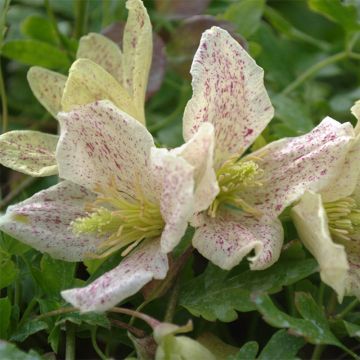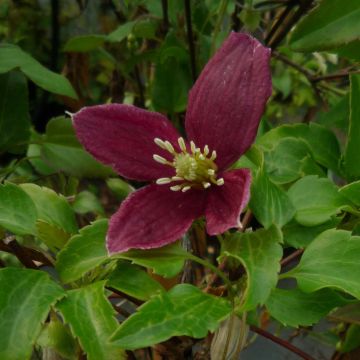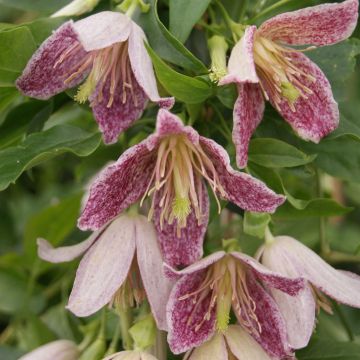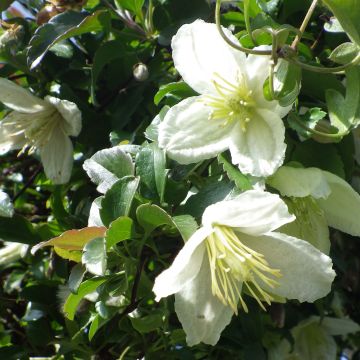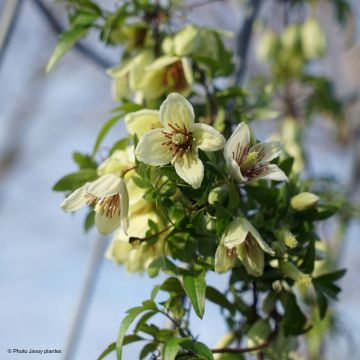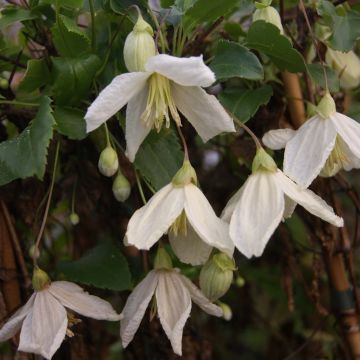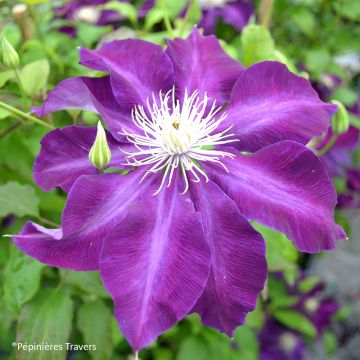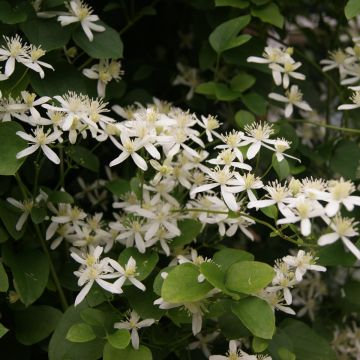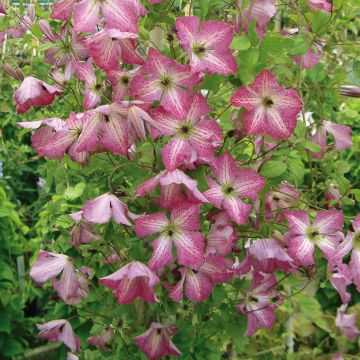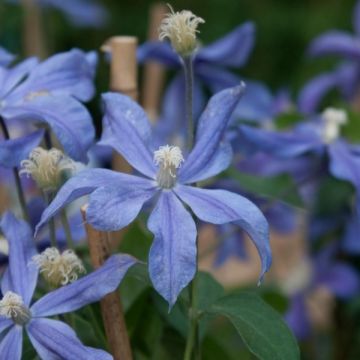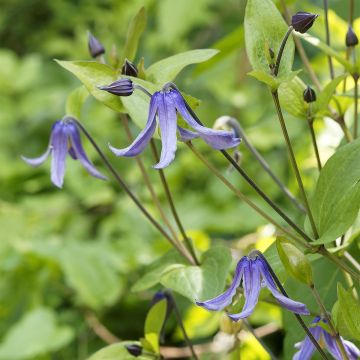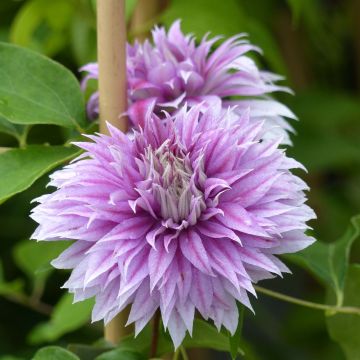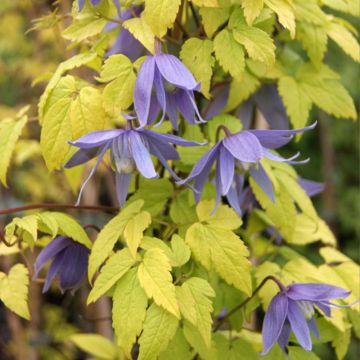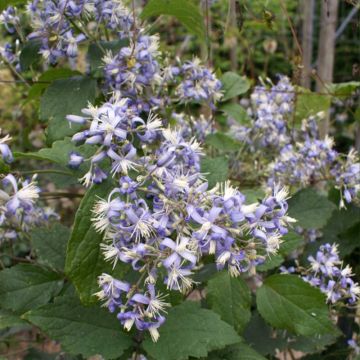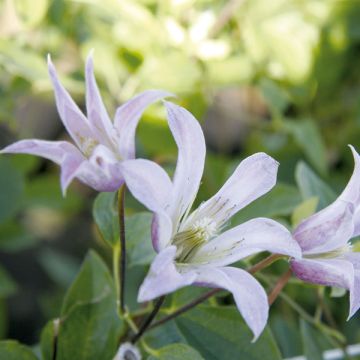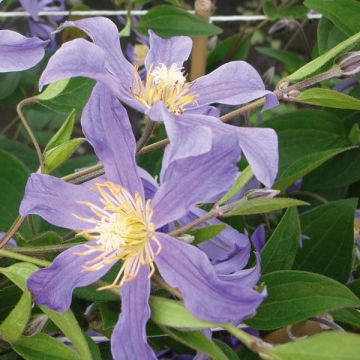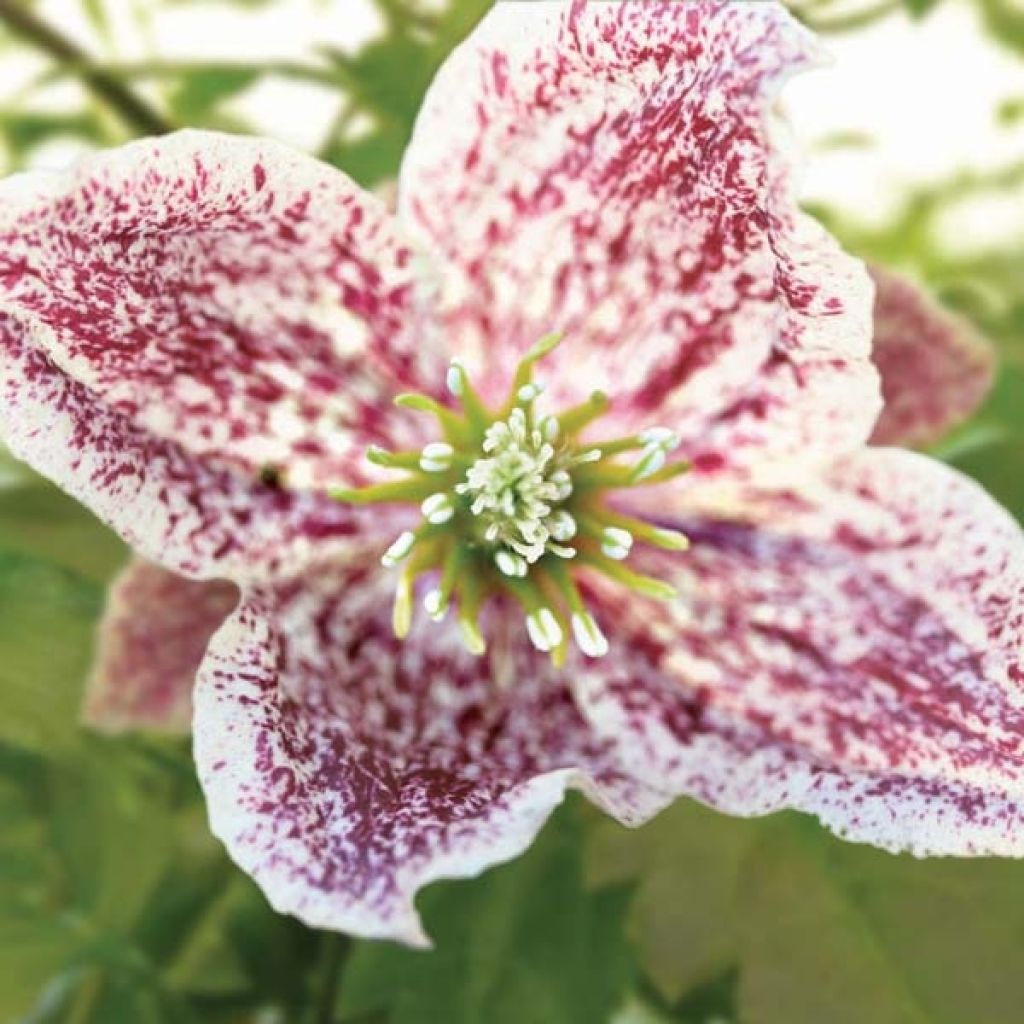

Clematis cirrhosa Freckles
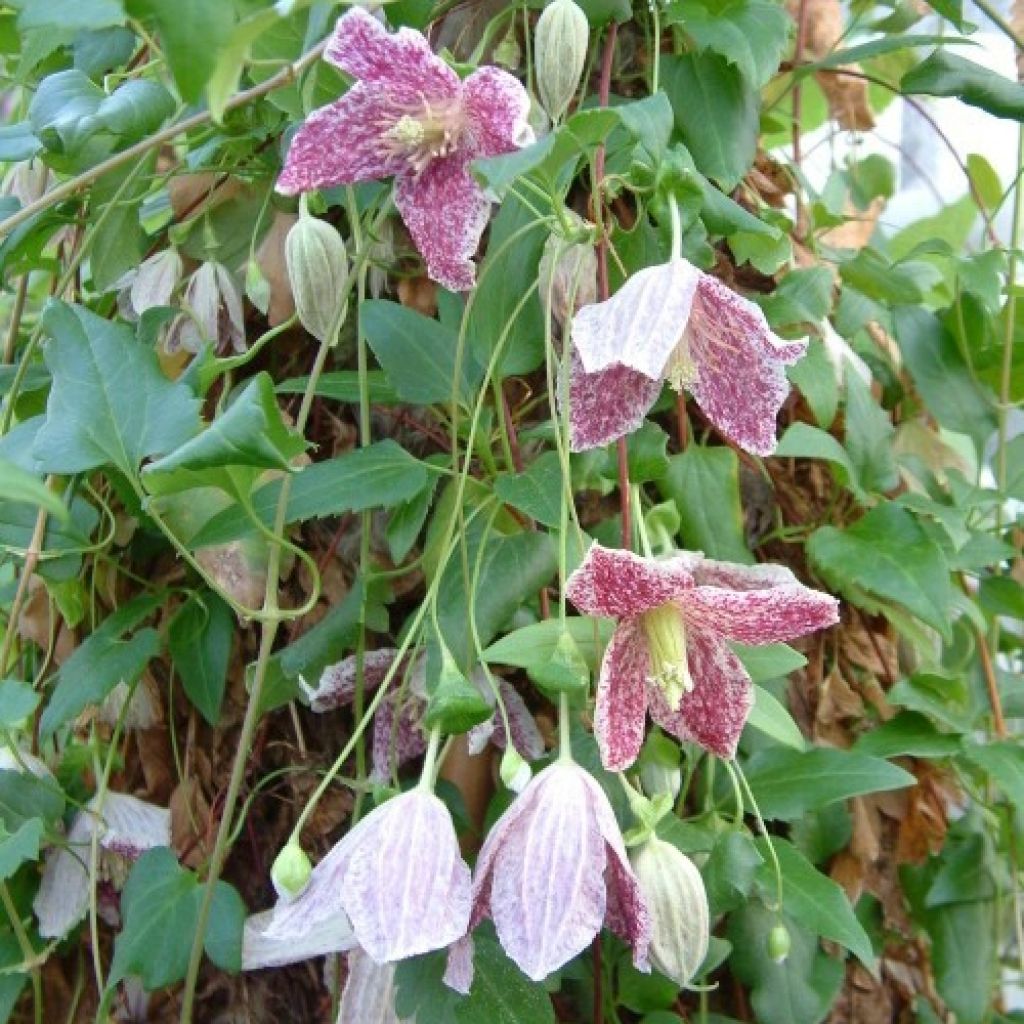

Clematis cirrhosa Freckles
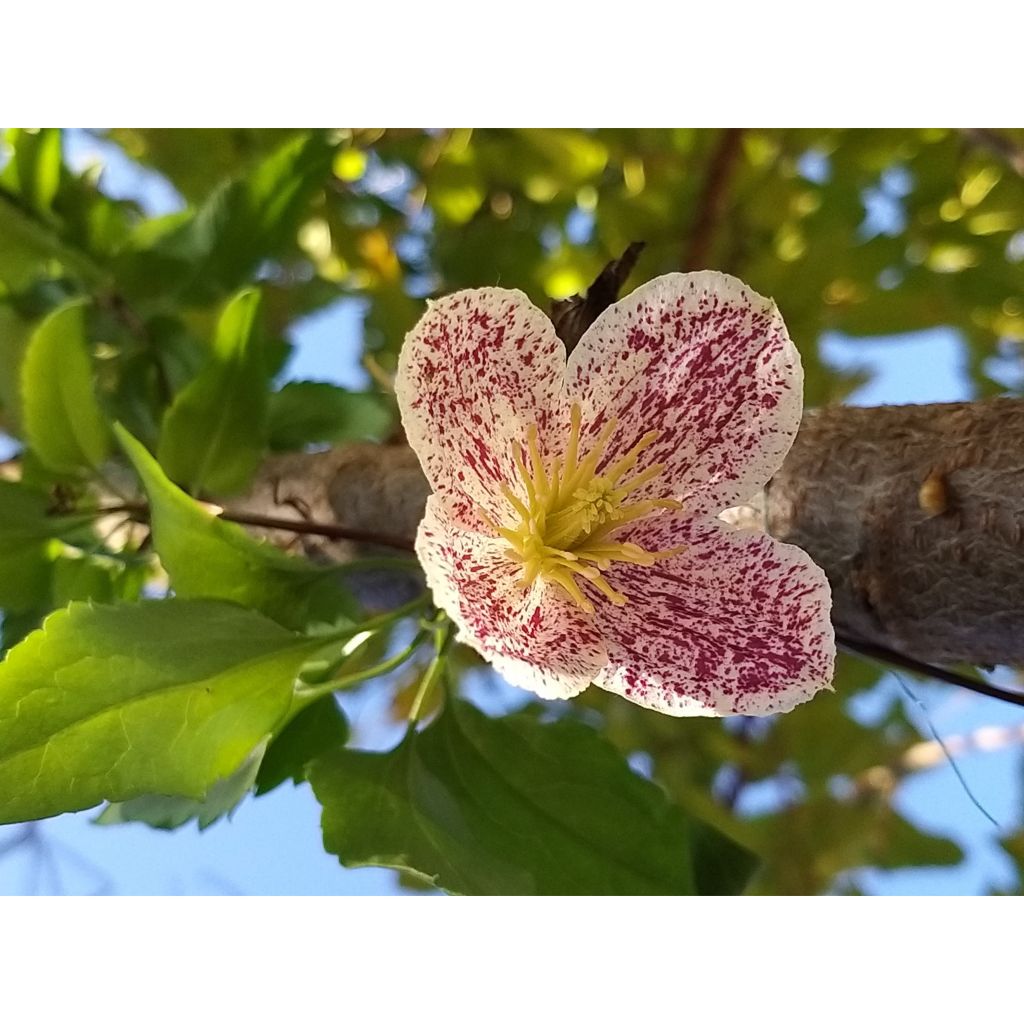

Clematis cirrhosa Freckles
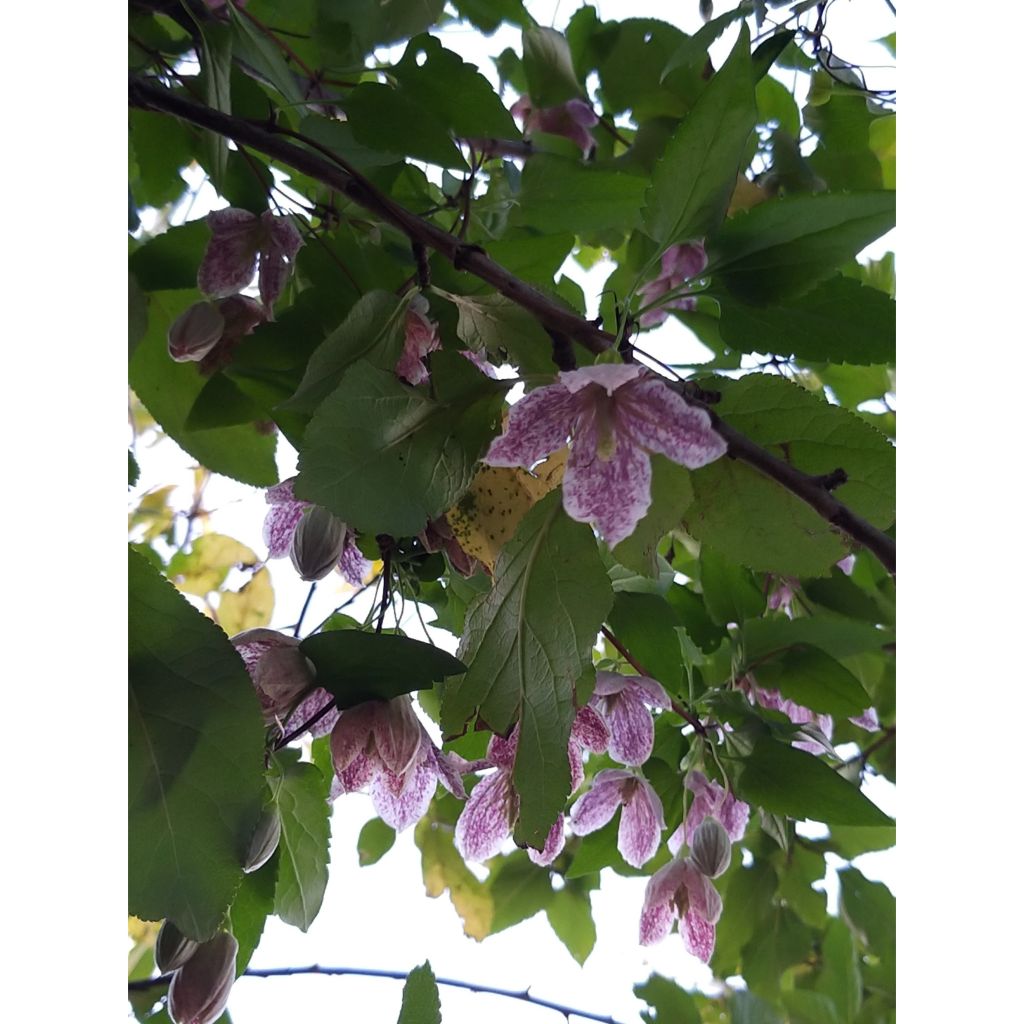

Clematis cirrhosa Freckles
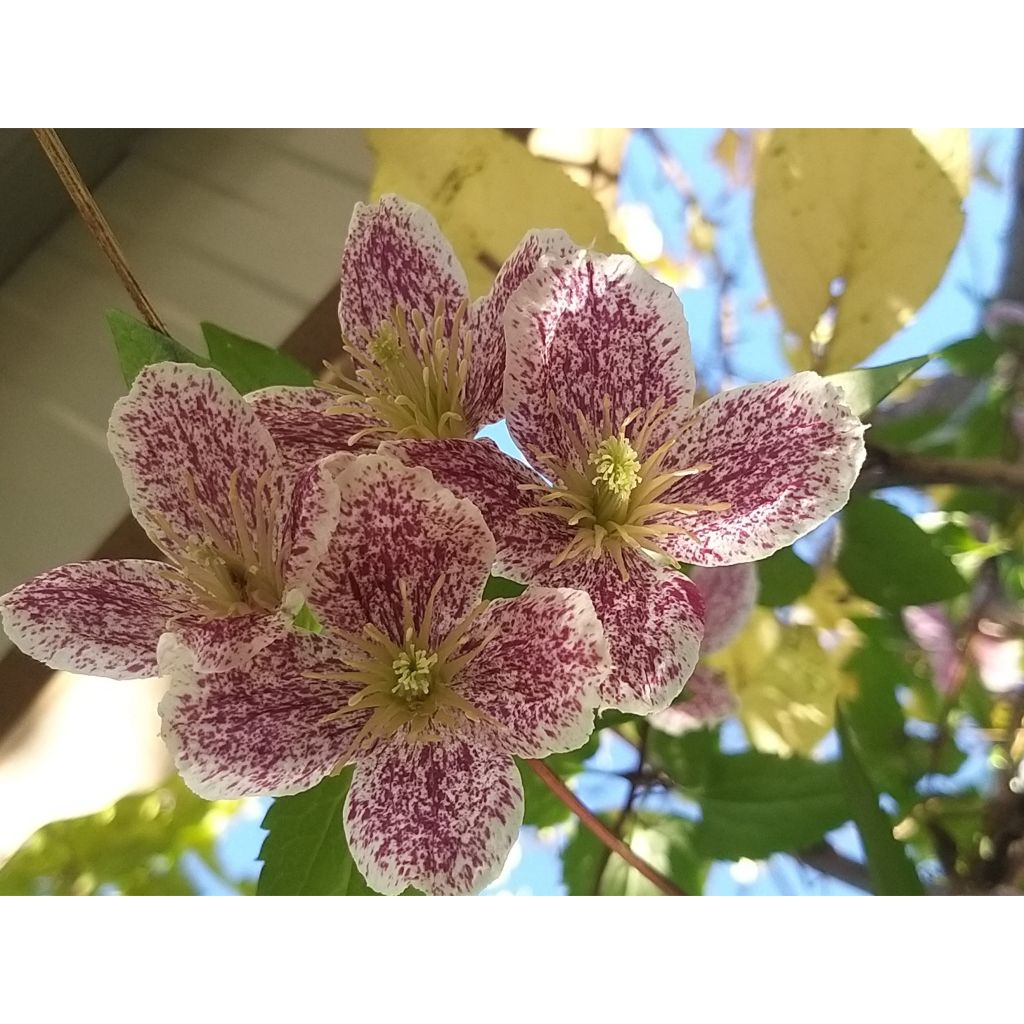

Clematis cirrhosa Freckles
Clematis cirrhosa Freckles
Clematis cirrhosa Freckles
Clematis 'Freckles'
Received at the end of September and planted during the waning moon, among a few existing buds, three have blossomed. I am amazed.
Marie-Christine, 26/10/2024
This item cannot be shipped to the selected country
Delivery charge from €5.90
Delivery to Corse prohibited
More information
Schedule delivery date,
and select date in basket
This plant carries a 6 months recovery warranty
More information
We guarantee the quality of our plants for a full growing cycle, and will replace at our expense any plant that fails to recover under normal climatic and planting conditions.
From €5.90 for pickup delivery and €6.90 for home delivery
Express home delivery from €8.90.
Delivery to Corse prohibited: UE law prohibits the import of this plant from mainland France to Corse as part of the fight against Xylella fastidiosa. Please accept our sincere apologies.
More information


Does this plant fit my garden?
Set up your Plantfit profile →
Description
Clematis cirrhosa 'Freckles' is the hardiest and most vigorous of all the varieties derived from C. cirrhosa. It is a unique climbing plant that is perfectly suited to Mediterranean-style climates rather than the large-flowered patens-type clematis. It stands out with its unusual and slightly fragrant winter flowering, consisting of pendulous bells heavily speckled with pink-purple on the inside. They are clearly visible against its strongly cut dark green foliage. Evergreen in mild climates, it disappears if the summer is dry to escape the heat. This Christmas clematis is ideal for bringing life to the garden or patio, which can be a little dull in winter. A great gift idea for the end-of-year celebrations, which enthusiasts will be eager to place in their garden!
Clematis 'Freckles' is a woody climbing plant from the Ranunculaceae family. It is of horticultural origin. It comes from C. cirrhosa, a Mediterranean species that requires no pruning or maintenance. 'Freckles' has thin voluble stems that easily cling to their support (in Latin, cirrhosa means that it curls like a tendril). It can climb up to 2 or 3m (7 or 10ft) in height, and spread just as much. Its flowering sometimes begins in November, on new foliage. However, it usually takes place in February-March. The flowering takes the form of numerous clusters of pendulous flowers, 6 to 8cm (2 to 3in) wide. They are slightly soft and thick, with 4 recurved petals widely open on a bouquet of short green-yellow stamens. The back of the petals is white-cream pink, slightly washed with yellow. The throat of the flower is heavily splashed and speckled with pink-purple. They exhale a pleasant lemony fragrance. This flowering occurs on the previous year's shoots. The dark green and glossy leaves are divided and lobed, with roughly toothed lanceolate leaflets. The cold often tinges them with dark bronze highlights. If they stay under a watered climate in summer, the leaves curl up and then disappear as soon as the summer heat and its drought arrive. After the flowers, plumeous and decorative achenes (fruits) appear.
Clematis 'Freckles' is ultimately a low-maintenance, graceful, and pleasant plant. Its only flaw is its hardiness, which can sometimes fail in wet soil during a severe winter. However, it can withstand temperatures of around -12°C (10.4°F) in well-drained soil, in the sun and sheltered from the wind. The sight of its speckled flowers standing out against a lead-blue winter sky remains a wonderful surprise, even under the shelter of a cool veranda. Due to its growth cycle, it will look wonderful in a dry garden climbing on a deciduous bush (vitex, lilac, cotinus), with a complementary growing pattern. Its garlands of flowers will decorate their bare branches in winter. In a scented garden, it can accompany fragrant honeysuckle, which blooms white in February, perfuming the surrounding air. In cool climates, it is beautiful all year round. It can climb up a trellis, a fence, or even on a small wrought-iron structure, placed in a large pot on a patio.
Report an error about the product description
Clematis cirrhosa Freckles in pictures
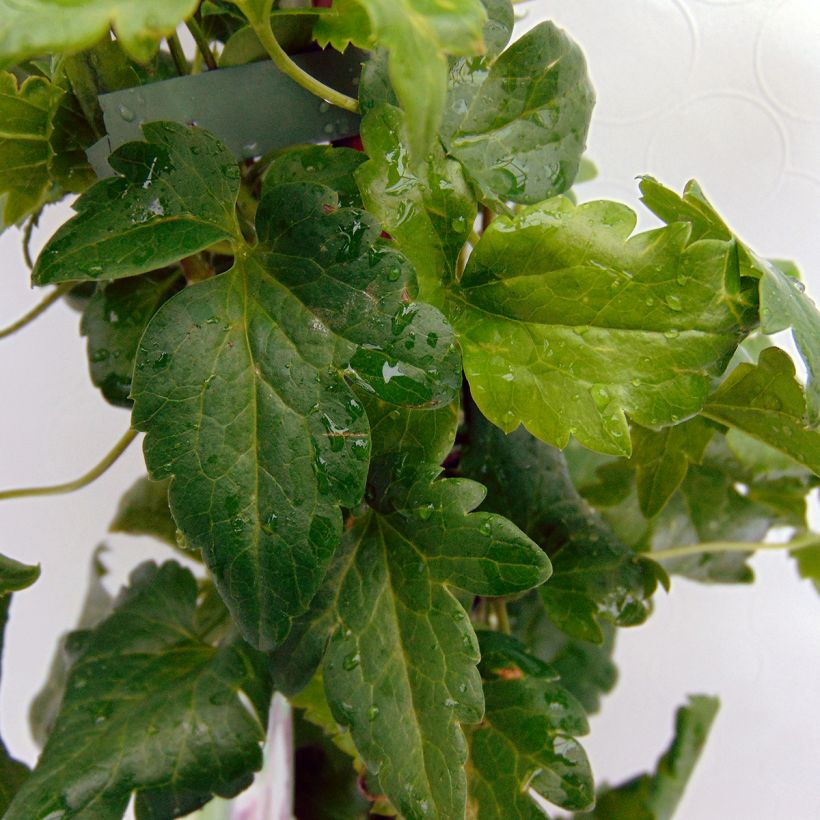

Plant habit
Flowering
Foliage
Botanical data
Clematis
cirrhosa
Freckles
Ranunculaceae
Clematis 'Freckles'
Mediterranean
Other Clematis Cirrhosa
Planting and care
It perfectly tolerates hot climates and dry summers, which is not the case for Clematis montana or C. patens, for example. However, it is not very hardy and will perish below -12°C (10.4°F). It will also appreciate the dappled shade of a deciduous tree in regions with hot summers. Plant it in fertile, humus-rich, loamy, slightly chalky, well-drained soil that is dry in summer. Provide shade for the roots and the base of the stem (with a flat tile, for example). Clematis wilts in excessively wet soil. Work the soil to a depth of 20cm (8in), and lighten it with good compost. Position the plant and cover the root ball with 3cm (1in) of soil. After planting, cut back the clematis stems to about 30cm (12in) from the base above a nice pair of buds. Water generously and regularly during the first few weeks. However, be careful not to let the water stagnate as this can cause fungus to develop at the neck. Mulch all clematis in February with garden compost or well-rotted manure, avoiding direct contact with the stems. Train the stems, without squeezing them, until the plant grips onto them itself. Clematis also like to grow freely on neighbouring plants.
After a few years, cover the base of your climbing clematis with a small mound of soil to reduce the risk of wilting while promoting the growth of vigorous shoots from the stump.
Voles and grey worms can attack clematis and devour the stems. Aphids and greenhouse whiteflies are also potential parasites of clematis.
Planting period
Intended location
Care
-
, onOrder confirmed
Reply from on Promesse de fleurs
Clematis
Haven't found what you were looking for?
Hardiness is the lowest winter temperature a plant can endure without suffering serious damage or even dying. However, hardiness is affected by location (a sheltered area, such as a patio), protection (winter cover) and soil type (hardiness is improved by well-drained soil).

Photo Sharing Terms & Conditions
In order to encourage gardeners to interact and share their experiences, Promesse de fleurs offers various media enabling content to be uploaded onto its Site - in particular via the ‘Photo sharing’ module.
The User agrees to refrain from:
- Posting any content that is illegal, prejudicial, insulting, racist, inciteful to hatred, revisionist, contrary to public decency, that infringes on privacy or on the privacy rights of third parties, in particular the publicity rights of persons and goods, intellectual property rights, or the right to privacy.
- Submitting content on behalf of a third party;
- Impersonate the identity of a third party and/or publish any personal information about a third party;
In general, the User undertakes to refrain from any unethical behaviour.
All Content (in particular text, comments, files, images, photos, videos, creative works, etc.), which may be subject to property or intellectual property rights, image or other private rights, shall remain the property of the User, subject to the limited rights granted by the terms of the licence granted by Promesse de fleurs as stated below. Users are at liberty to publish or not to publish such Content on the Site, notably via the ‘Photo Sharing’ facility, and accept that this Content shall be made public and freely accessible, notably on the Internet.
Users further acknowledge, undertake to have ,and guarantee that they hold all necessary rights and permissions to publish such material on the Site, in particular with regard to the legislation in force pertaining to any privacy, property, intellectual property, image, or contractual rights, or rights of any other nature. By publishing such Content on the Site, Users acknowledge accepting full liability as publishers of the Content within the meaning of the law, and grant Promesse de fleurs, free of charge, an inclusive, worldwide licence for the said Content for the entire duration of its publication, including all reproduction, representation, up/downloading, displaying, performing, transmission, and storage rights.
Users also grant permission for their name to be linked to the Content and accept that this link may not always be made available.
By engaging in posting material, Users consent to their Content becoming automatically accessible on the Internet, in particular on other sites and/or blogs and/or web pages of the Promesse de fleurs site, including in particular social pages and the Promesse de fleurs catalogue.
Users may secure the removal of entrusted content free of charge by issuing a simple request via our contact form.
The flowering period indicated on our website applies to countries and regions located in USDA zone 8 (France, the United Kingdom, Ireland, the Netherlands, etc.)
It will vary according to where you live:
- In zones 9 to 10 (Italy, Spain, Greece, etc.), flowering will occur about 2 to 4 weeks earlier.
- In zones 6 to 7 (Germany, Poland, Slovenia, and lower mountainous regions), flowering will be delayed by 2 to 3 weeks.
- In zone 5 (Central Europe, Scandinavia), blooming will be delayed by 3 to 5 weeks.
In temperate climates, pruning of spring-flowering shrubs (forsythia, spireas, etc.) should be done just after flowering.
Pruning of summer-flowering shrubs (Indian Lilac, Perovskia, etc.) can be done in winter or spring.
In cold regions as well as with frost-sensitive plants, avoid pruning too early when severe frosts may still occur.
The planting period indicated on our website applies to countries and regions located in USDA zone 8 (France, United Kingdom, Ireland, Netherlands).
It will vary according to where you live:
- In Mediterranean zones (Marseille, Madrid, Milan, etc.), autumn and winter are the best planting periods.
- In continental zones (Strasbourg, Munich, Vienna, etc.), delay planting by 2 to 3 weeks in spring and bring it forward by 2 to 4 weeks in autumn.
- In mountainous regions (the Alps, Pyrenees, Carpathians, etc.), it is best to plant in late spring (May-June) or late summer (August-September).
The harvesting period indicated on our website applies to countries and regions in USDA zone 8 (France, England, Ireland, the Netherlands).
In colder areas (Scandinavia, Poland, Austria...) fruit and vegetable harvests are likely to be delayed by 3-4 weeks.
In warmer areas (Italy, Spain, Greece, etc.), harvesting will probably take place earlier, depending on weather conditions.
The sowing periods indicated on our website apply to countries and regions within USDA Zone 8 (France, UK, Ireland, Netherlands).
In colder areas (Scandinavia, Poland, Austria...), delay any outdoor sowing by 3-4 weeks, or sow under glass.
In warmer climes (Italy, Spain, Greece, etc.), bring outdoor sowing forward by a few weeks.

































